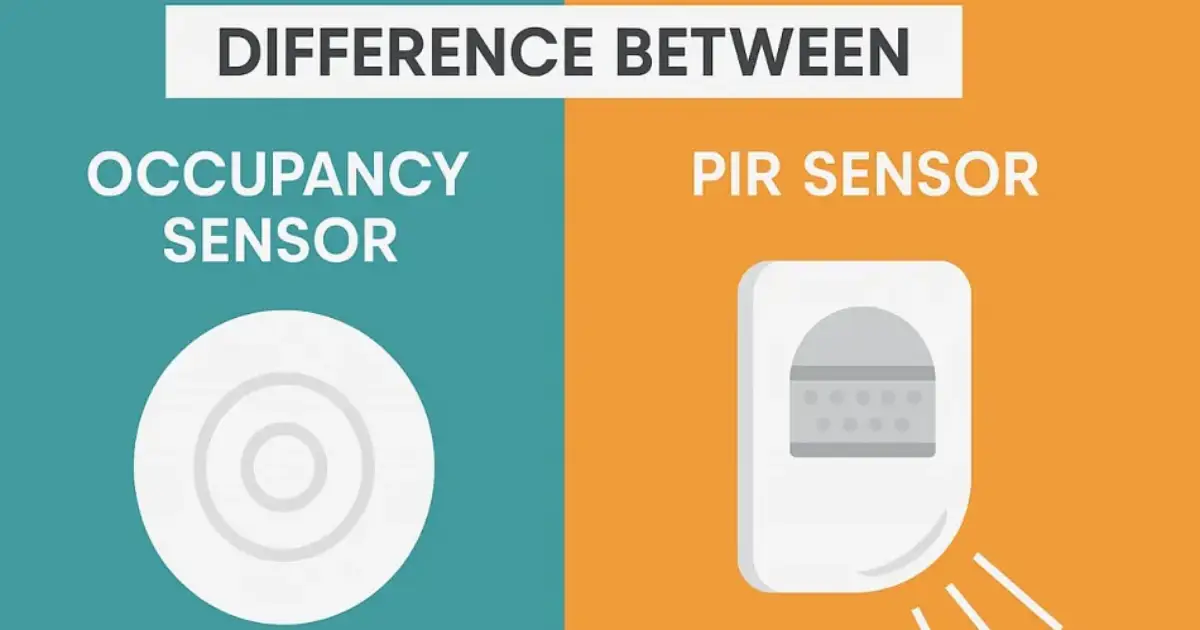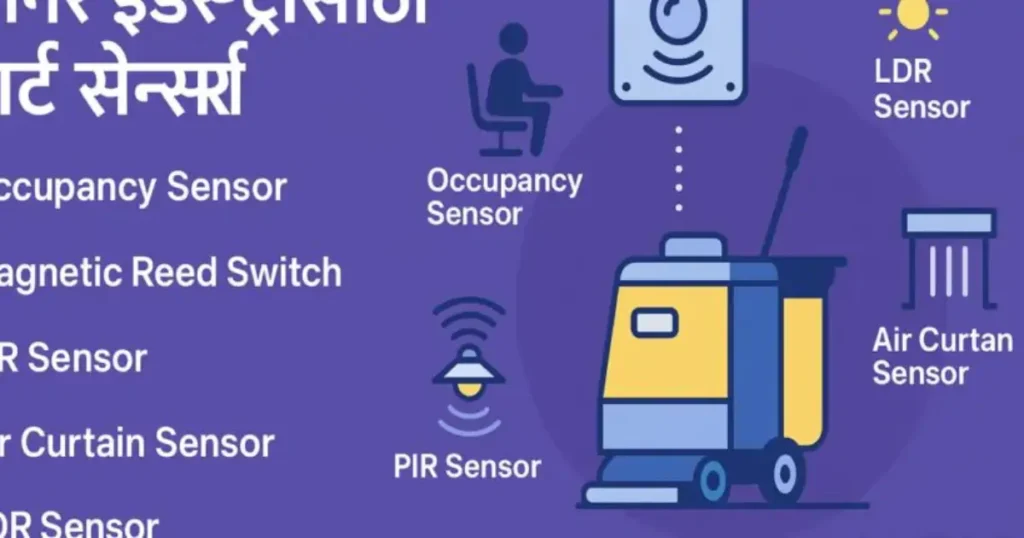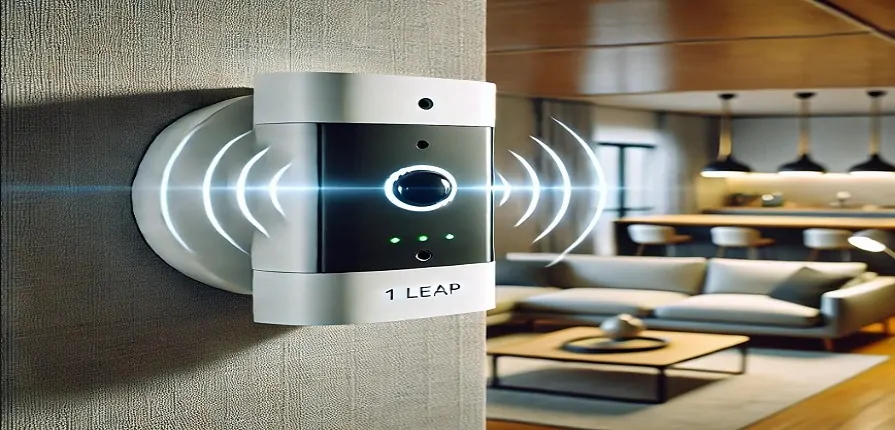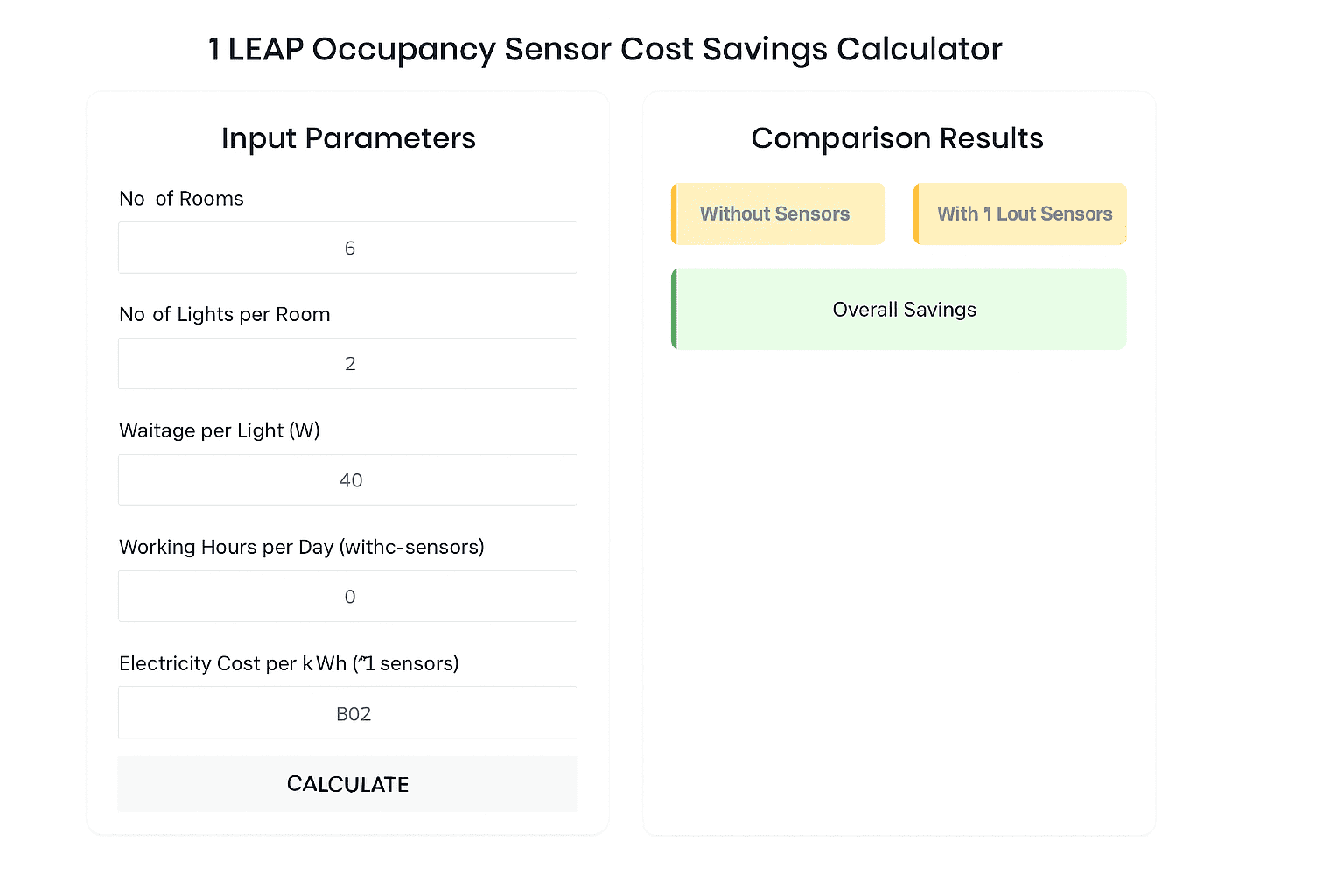Understanding the Difference Between Occupancy Sensors and PIR Sensors: A Comprehensive Guide
In the world of smart home automation and energy-efficient lighting, terms like occupancy sensors and PIR sensors are often used interchangeably, leading to confusion. While both technologies are designed to detect motion and enhance energy efficiency, they serve distinct purposes and operate differently. This SEO-friendly article explores the key differences between occupancy sensors and PIR sensors, with insights drawn from products offered by 1 LEAP Technologies, specifically the 1L-PS041 360° Ceiling Mount Occupancy Sensor and the 1L-PS01 Ceiling Mount PIR Sensor 360°.
What is a PIR Sensor?
A Passive Infrared (PIR) Sensor is a type of motion detection technology that identifies movement by sensing infrared radiation emitted by objects, particularly human bodies, within its coverage area. PIR sensors are widely used in security systems, automatic lighting, and energy-saving applications.
How PIR Sensors Work
PIR sensors detect changes in infrared radiation caused by the movement of warm objects (like humans) against a cooler background. When motion is detected, the sensor triggers an electrical circuit to activate devices such as lights or alarms. These sensors are called “passive” because they do not emit energy themselves but rely on detecting infrared energy from external sources.
Key Features of the 1L-PS01 Ceiling Mount PIR Sensor 360°
- Detection Range: Covers a 360° field of view, detecting motion up to 6 meters.
- Power Capacity: Controls up to 1200W of lighting or appliances.
- Energy Efficiency: Equipped with a photocell sensor to deactivate lights during the day, saving electricity.
- Adjustable Time Delay: Allows users to set how long the connected device remains active after motion is detected (e.g., 10 seconds to several minutes).
- Applications: Ideal for indoor security, courtesy lighting, and energy-saving in spaces like hallways, garages, or offices.
This sensor, as described by 1 LEAP Technologies, is a fully automatic indoor security and courtesy light controller, leveraging high sensitivity and an integrated circuit for reliable performance.
What is an Occupancy Sensor?
An Occupancy Sensor is a broader category of motion detection devices that can use various technologies, including PIR, microwave, or ultrasonic, to detect the presence of people in a space. Unlike PIR sensors, which focus solely on motion, occupancy sensors are designed to detect both motion and presence, making them suitable for applications where continuous occupancy (even with minimal movement) needs to be monitored.
How Occupancy Sensors Work
Occupancy sensors typically combine multiple detection technologies to enhance accuracy. For instance, they may use PIR for motion detection and additional methods like microphonics or ultrasonic technology to detect subtle movements, such as a person typing or sitting still. These sensors are often used in smart buildings to control lighting, HVAC systems, and other appliances, ensuring energy is only used when a space is occupied.
Key Features of the 1L-PS041 360° Ceiling Mount Occupancy Sensor
- Dual Range Detection: Detects both micro (slight movements like hand gestures) and macro (larger movements like walking) motion, with an adjustable detection range of 3 to 20 meters.
- Power Capacity: Supports up to 2000W, making it suitable for larger loads.
- Advanced Sensitivity: Adjustable ambient light sensitivity (<3 to 2000 LUX) ensures activation only when needed, such as during low-light conditions.
- Flexible Time Delay: Offers settings from 10 seconds to 30 minutes for customized operation.
- Applications: Perfect for residential and commercial settings like conference rooms, classrooms, libraries, and supermarkets, where precise occupancy detection is critical.
According to 1 LEAP Technologies, the 1L-PS041 is a dual-range, dual-sensor switch that excels in energy efficiency and precision monitoring, making it a versatile solution for modern spaces.
|
Feature |
PIR Sensor (e.g., 1L-PS01) |
Occupancy Sensor (e.g., 1L-PS041) |
|---|---|---|
|
Technology |
Uses passive infrared (PIR) to detect motion via infrared radiation. |
May use PIR, microwave, or ultrasonic technology, often combining multiple methods for enhanced detection. |
|
Detection Capability |
Primarily detects motion (e.g., walking or large movements). |
Detects both motion and presence, including subtle movements like typing or head movements. |
|
Sensitivity |
High sensitivity for motion but may miss stationary occupants. |
Higher sensitivity with dual-range detection for both micro and macro movements. |
|
Power Capacity |
Up to 1200W (suitable for smaller loads). |
Up to 2000W (handles larger loads). |
|
Applications |
Best for areas with frequent motion, like hallways or garages. |
Ideal for spaces with prolonged occupancy, like offices, classrooms, or meeting rooms. |
|
Energy Efficiency |
Saves energy by deactivating lights during the day via a photocell sensor. |
Enhanced energy savings with adjustable LUX and time delay settings for precise control. |
|
Detection Range |
Up to 6 meters. |
Adjustable from 3 to 20 meters, offering greater flexibility. |
Which Sensor Should You Choose?
Choosing between a PIR sensor and an occupancy sensor depends on your specific needs:
Choose a PIR Sensor (e.g., 1L-PS01) if:
- You need a cost-effective solution for spaces with frequent motion, such as hallways, staircases, or outdoor areas.
- Your application prioritizes basic motion detection for lighting or security purposes.
- You want a simple, reliable sensor for smaller loads (up to 1200W).
Choose an Occupancy Sensor (e.g., 1L-PS041) if:
- You require precise detection for spaces where people may be stationary, such as offices, conference rooms, or libraries.
- You need a sensor that can handle larger loads (up to 2000W) and offers advanced customization (e.g., adjustable detection range and light sensitivity).
- Energy efficiency and smart automation are top priorities for commercial or residential settings.
Benefits of Using Sensors from 1 LEAP Technologies
Both the 1L-PS01 PIR Sensor and the 1L-PS041 Occupancy Sensor from 1 LEAP Technologies are designed with energy efficiency and reliability in mind. Here’s why they stand out:
- High-Quality Design: Both sensors feature integrated circuits for stable performance and are built with fireproof materials for safety.
- Energy Savings: Built-in photocell sensors ensure lights are deactivated during daylight, reducing energy consumption.
- Versatility: Suitable for a wide range of applications, from homes to commercial spaces.
- Ease of Installation: Both models come with straightforward installation procedures, as outlined by 1 LEAP Technologies.
Conclusion
While PIR sensors and occupancy sensors share the goal of automating lighting and enhancing energy efficiency, their differences in technology and functionality make them suited for distinct applications. The 1L-PS01 PIR Sensor is ideal for motion-focused applications in smaller spaces, while the 1L-PS041 Occupancy Sensor excels in environments requiring precise detection of both motion and presence. By understanding these differences, you can make an informed decision to optimize energy usage and enhance automation in your space.





